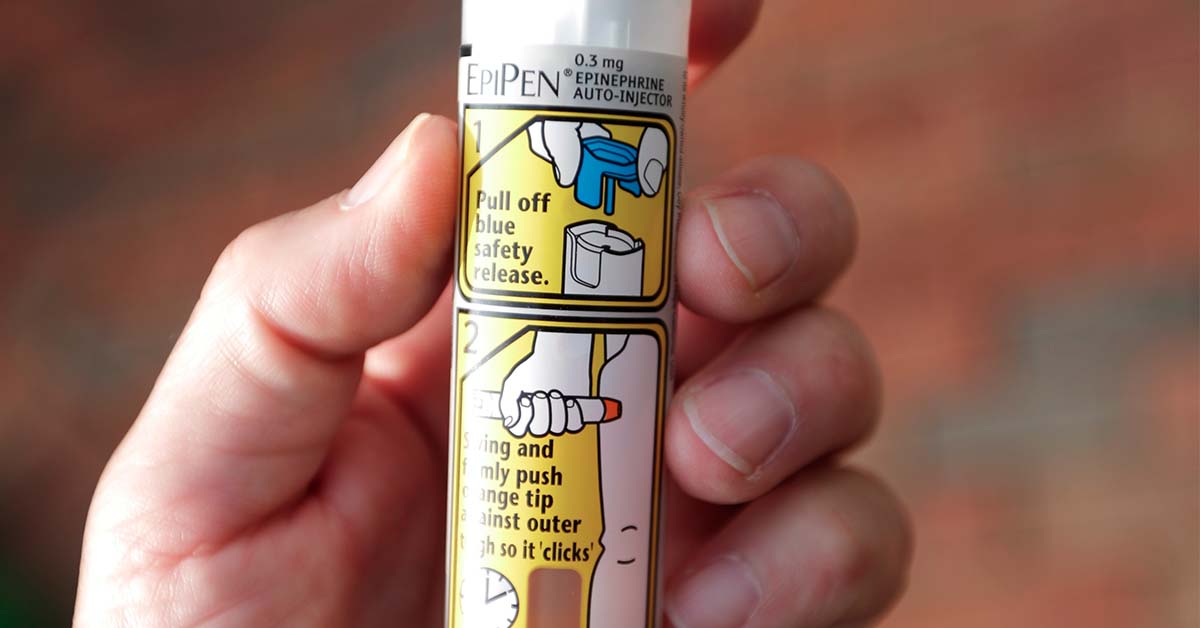Is your family coping with a food allergy? Then you know first-hand how expensive epinephrine auto-injectors can be, especially if you lack health insurance or have poor coverage. You also know that the prescription you hold is for a specific brand of auto-injector, and that the pharmacist can’t fill your prescription with a less expensive brand. Why is that?
The answer has to do with the complicated rules surrounding the introduction of generics, a process known as ANDA – the Abbreviated New Drug Application.
In the case of auto-injectors and inhalers, the patent on the drug itself (e.g. epinephrine) may have expired years ago, but the patents on the delivery device are still in effect. The ANDA rules have made it difficult for competitors to copy the functioning of the device to a degree that satisfies regulators, and should such a device be approved, it may work differently enough from the original that it cannot be substituted by the pharmacist.
Such is the case with Mylan’s EpiPen line, which has enjoyed a near monopoly on the epinephrine auto-injector market for years.
Yesterday, the US Food and Drug Administration (FDA) issued guidance that may streamline the approval of generic copies of drugs delivered by complex devices, while allowing such drugs to be substitutable provided the differences don’t impact a patient’s ability to use them.
Said Dr Scott Gottlieb, FDA Commissioner:
In other words, under this guidance, as long as the generic applicant is able to demonstrate with data, where appropriate, that differences in the design of the generic product do not affect the clinical effect or safety profile when the generic is substituted for the branded product, the generic product can be approved as a competitor to the branded drug where all other requirements for generic approval are met.
[…]
For example, we’re working to develop guidance for industry with the aim of clarifying “sameness” requirements for ANDAs. We believe that guidance in this area may be particularly helpful for complex generics, including drug-device combination products.
This implies that companies seeking to compete in the auto-injector and metered dose inhaler markets will have a more streamlined path to approval of their products, and – once their products are approved – may be substitutable by the pharmacist for the original.
The hope is that this change will lower the barriers to competition in the epinephrine auto-injector market and by doing so significantly lower prices.





